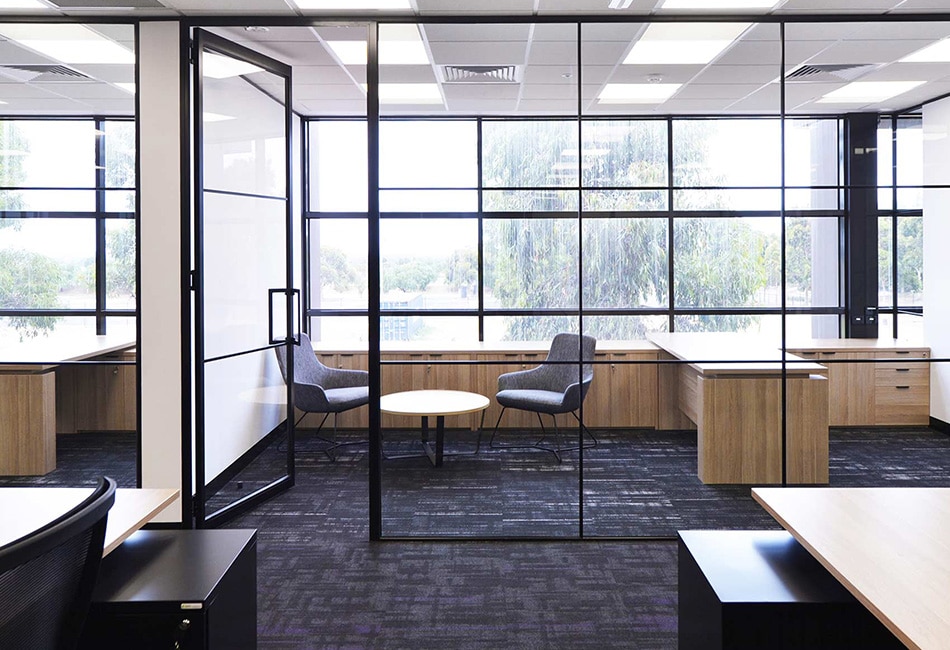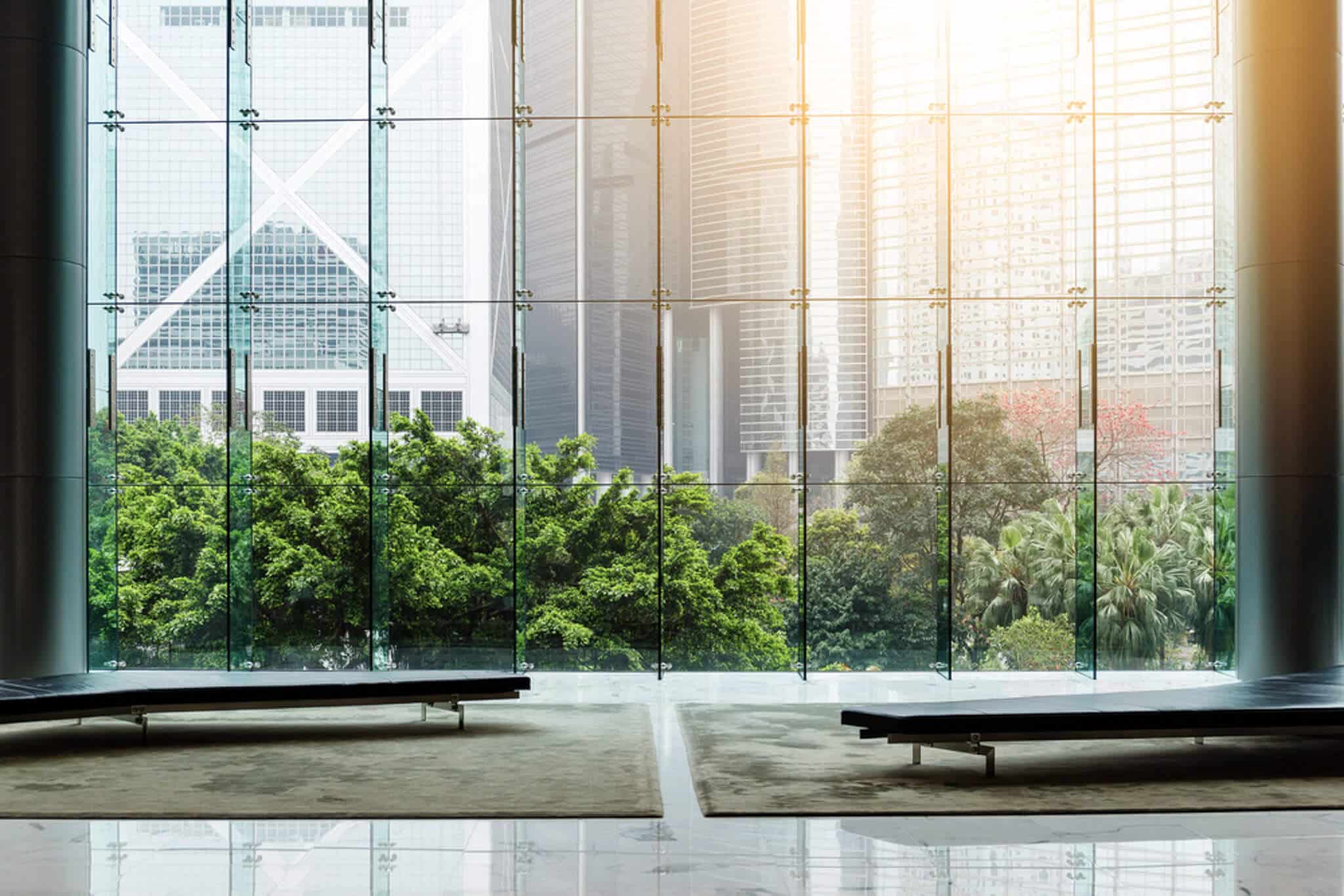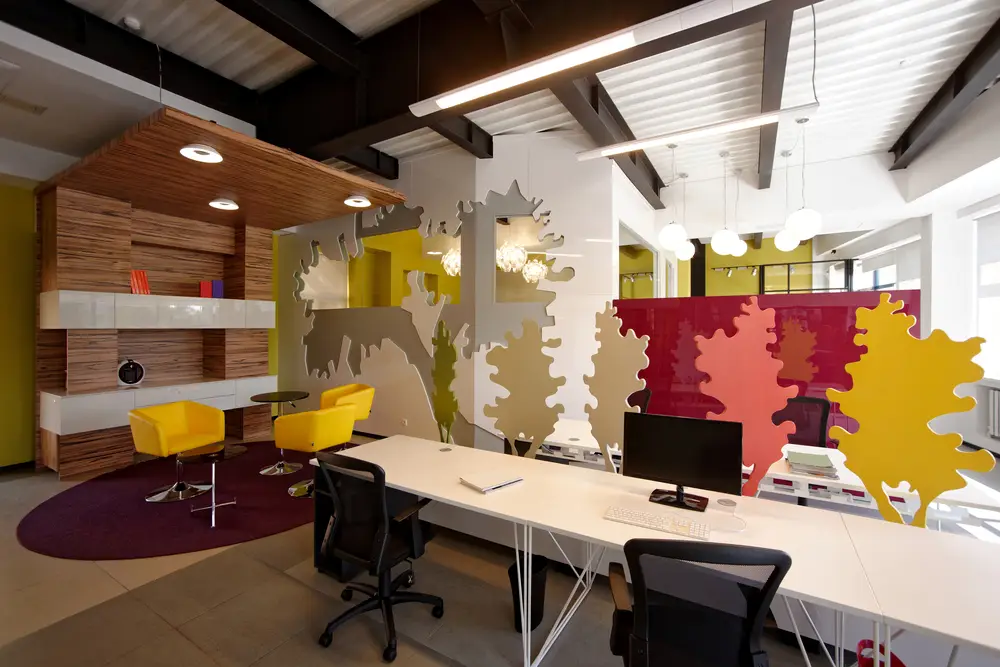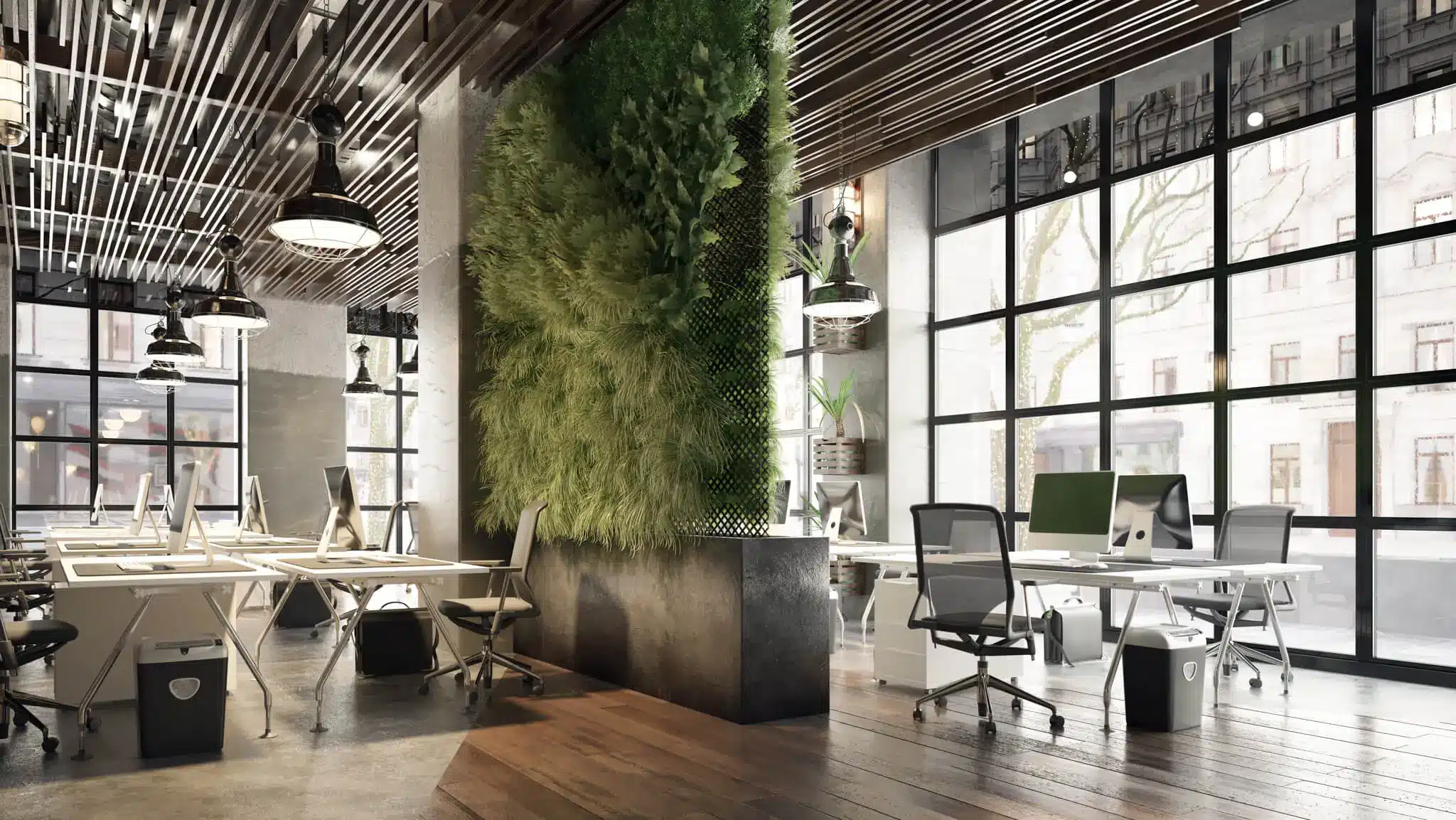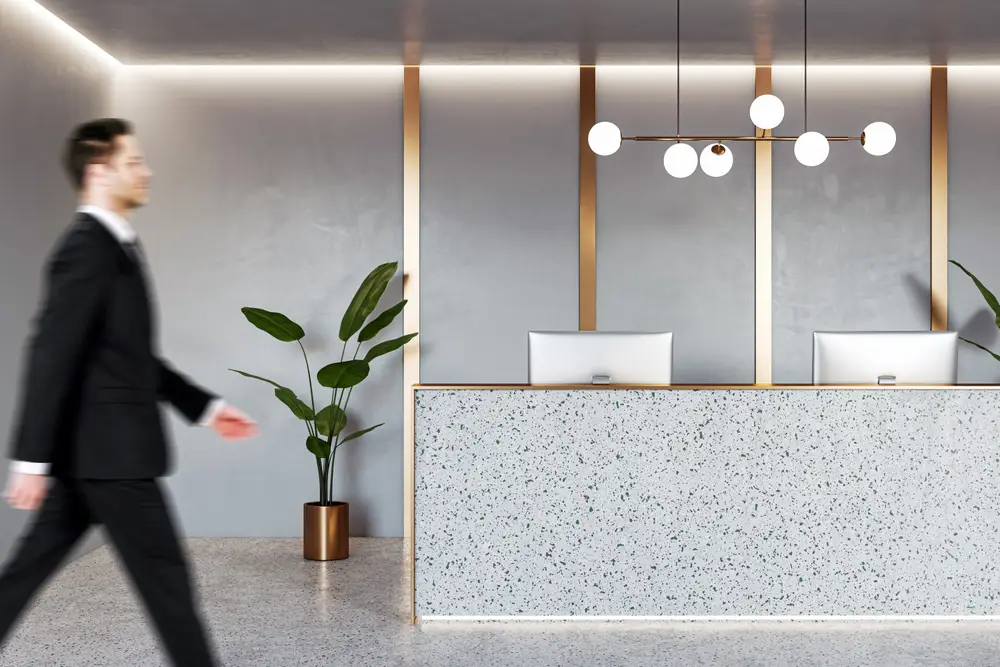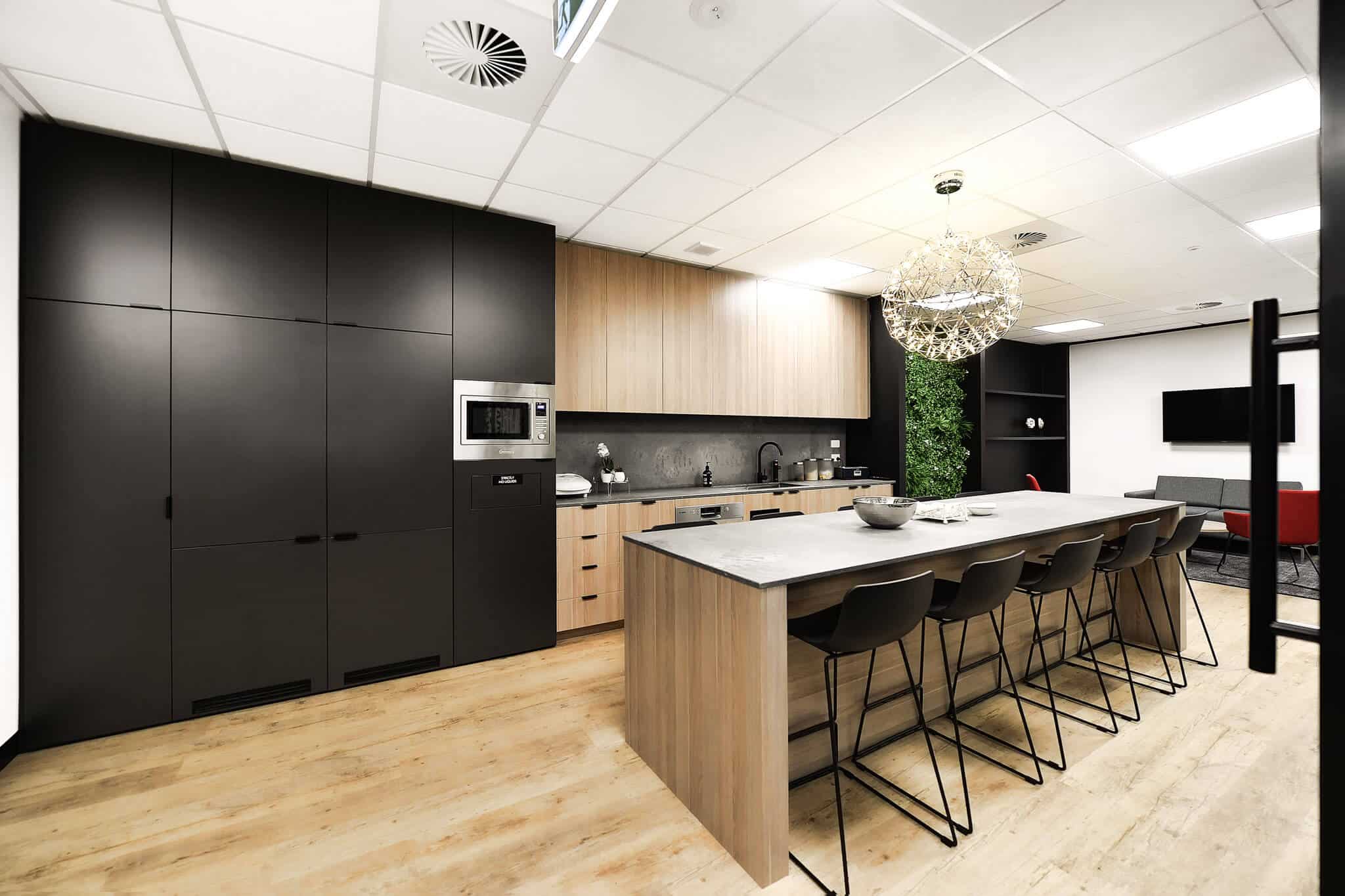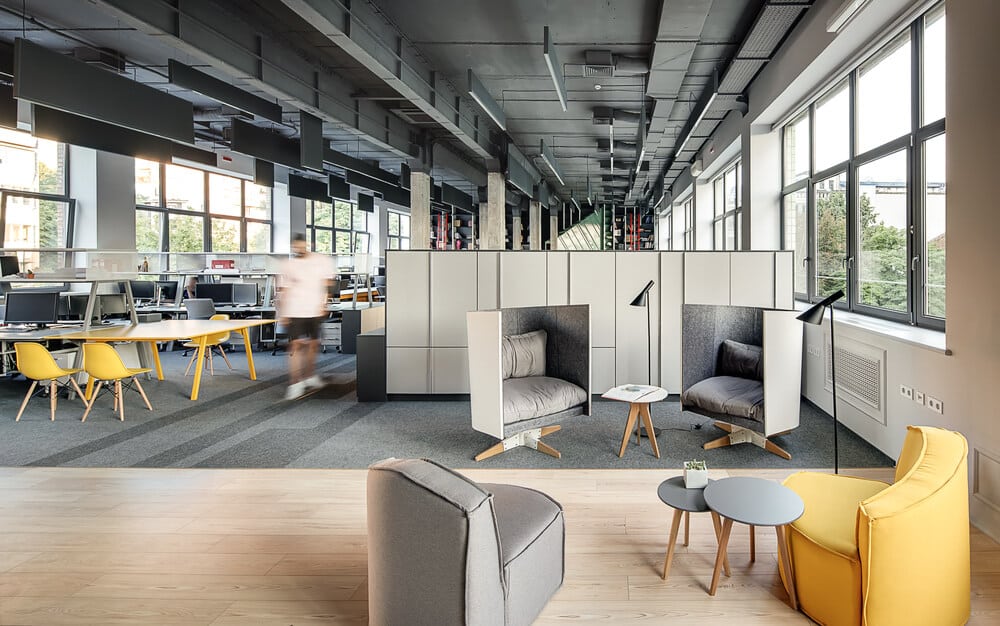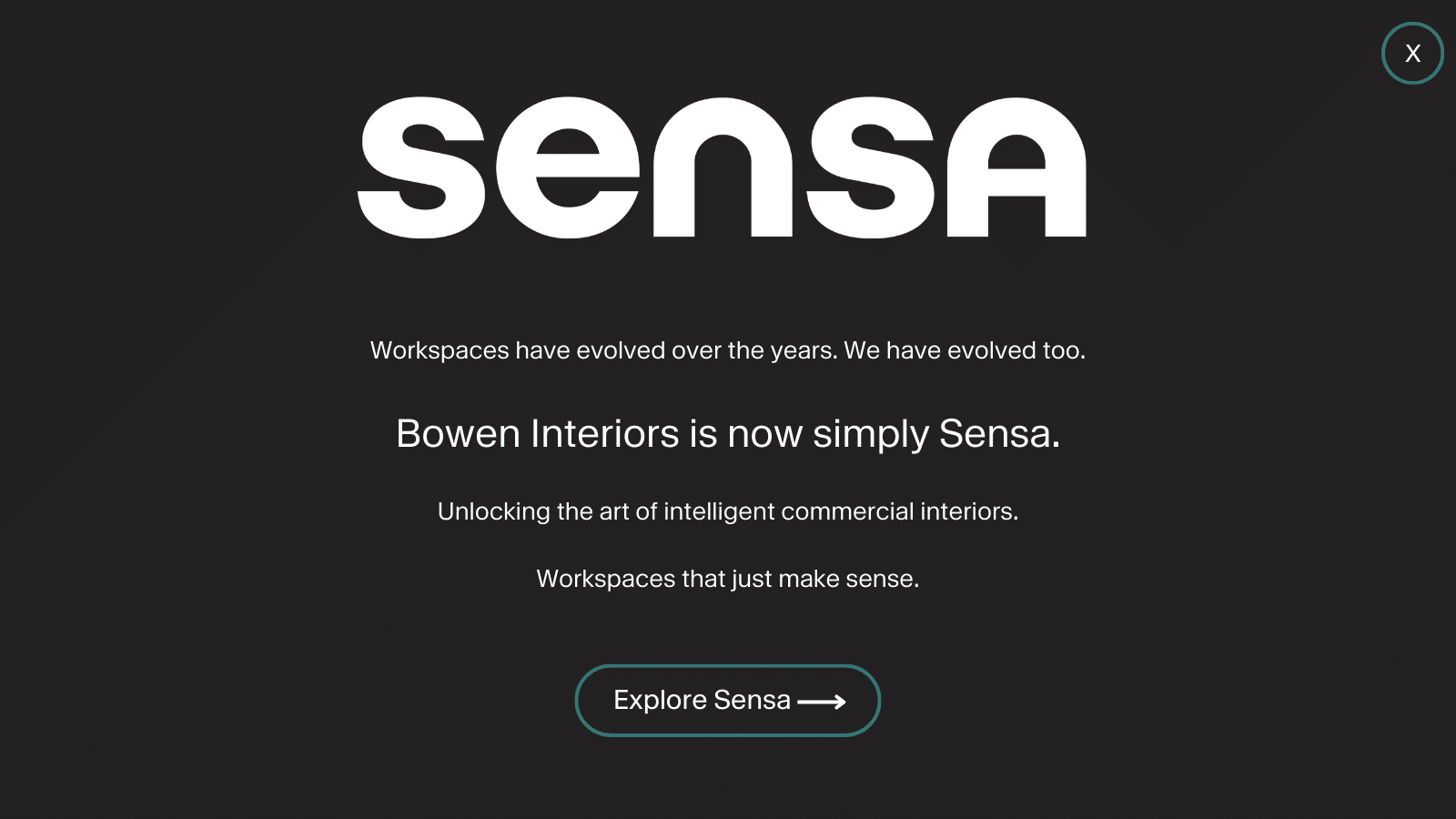Companies are rethinking their office space and making workplaces healthier and more sustainable with the safety and well-being of their employees more important than ever before.
Thinking back just two years ago, nothing could have prepared us for what the world was soon to experience. COVID-19 has had a profound impact on daily life, society, and businesses, forcing many into lockdown and to work from home.
As restrictions ease in different areas across the country, companies have needed to assess quickly and adapt their current workplaces to meet new guidelines and prepare for employees’ return to work.
‘Rethinking’ the office space and making workplaces healthier and more sustainable with the safety and well-being of employees has become the focus for many leaders.
As we look forward to 2022, with the optimism the vaccine will reduce the infection rates, allowing more people to return to workplaces, the impact of the pandemic is embedded in the need for new fit-outs and workplace trends.
Bowen Interiors is assisting companies in adopting these top trends in 2022 and beyond:

1. Increased Technology
The last two years has drastically accelerated the implementation of digital workplace technology, especially when in support of digital flexibility to support those working from home. As a result, in 2022, we anticipate you will see:
- Smarter & Automated Buildings – focusing on health and safety, companies will be implementing more automated processes to enhance workspace operations. This will be the case for air conditioning and heating, building access through to lighting and security.
- Sensor Technology – touchless technology enabling staff to minimise and avoid contact with frequently used surfaces where possible. This will span across lift buttons, light switches and bathroom taps.
- Video Conferencing Technology – communicating through video technology will remain a cornerstone for companies in 2022 and beyond. State of the Art video conferencing technology platforms such as Zoom, Microsoft Teams and Google Meet is pivotal for company operations. In addition, equipping your meeting rooms with reliable videoconferencing facilities is a necessity.
- Connectivity – seamless IT connection enabling flexibility of working in the office and at home, another cornerstone.
2. Flexible Workspaces
In the past two years, the traditional way of thinking that productivity is contingent upon set hours within an office environment has been dissolved. The shifting to a more flexible workplace setup will is a major trend in 2022. A ‘hybrid working’ model has evolved as companies and their employees have had the time to test working from home during lockdowns. Employees have gathered their requirements for productively working from home, and companies have learnt how to function seamlessly for their customers.
The hybrid model is about finding the right balance of focusing on employee productivity and face to face connection for each individual company.
One workplace design option gaining considerable traction in the hybrid model is the activity-based working model. This model has a variety of workspaces, allowing employees to choose where they work based on the tasks or activities they have to complete. Activity-based models have established models embracing flexible workspaces, where the traditional fixed desk is replaced with open hot-desking. It creates an autonomous ‘on demand’ culture of working for employees.
Companies must consider that the traditional office layout needs to be replaced to meet the new working culture of the hybrid model. Two years later, employees have experienced the hybrid model with a strong lean to work from home and now embrace flexible activity-based work plans. The physical office fit will include reconfiguring the space to facilitate team collaboration, breakout rooms or hubs, and areas that become social hubs.
This balance of space in offices engages employees and increases their overall productivity.
3. Employee Well-being
As people begin to return to the office physically, the physical and mental employee well-being assumes a new post-pandemic meaning that businesses must carefully address.[1]
Employees have operated remotely for well over one year, as lockdowns were established. While some report this period has improved business efficiency, the well-being of personnel has suffered, with 94% of employees reporting they are stressed.
While that percentage is not surprising – Oracle concluded 2020 was the most stressful year ever – people were at breaking point. Some 78% believe the coronavirus pandemic has severely affected their mental health; 40% make more flawed decisions, and 90% conclude that newfound work-related stress affects their home lives.
Companies are adopting employee health and wellness programmes with greater awareness and understanding of the importance of employee well-being and, in particular, mental well-being in the workplace.
Common initiatives within these well-being programmes include access to mental health workshops, reimbursements for gyms, health coaching and nutritional support. In addition, some companies have developed in-house fitness and well-being classes in designated spaces.
Importantly, as the business has entered people’s homes, the need for companies to support people both at home and in the office has become a priority for employee retention
4. Sustainable Work Environment
Throughout the pandemic, people have become more aware of the environment and the fragility of life. As a result, they are motivated to ensure sustainability for future generations by making different choices today. This awareness is now connected to their work environments, where a sustainable work environment makes a long workday somewhat less stressful and more enjoyable for workers.
Employees believe companies have crucial roles to play as they have the capabilities to design innovative ideas in reversing what damages our ecosystem. This could be in selecting materials used in the offices to invest in renewable energy sources. The implementation of sustainable initiatives in the work environment. This is fundamental to boosting the overall reputation of your company.
5. Health & Safety
Workplaces are putting the health and safety of employees first by adapting to today’s new norm of social distancing and strict personal hygiene. They understand it is of utmost importance.
This includes maintaining office hygiene, from installing hygiene stations equipped with protective items such as sanitiser and disposable face masks to closed lid bins. The provision of anti-microbial materials or surfaces reorganised seating and social distancing signage.
The emergence of WELL Health Safety Ratings as evidence-based, third-party verified rating for all new and existing office spaces and buildings focuses on operational policies, maintenance protocols, emergency plans and stakeholder engagement strategies to assist companies in returning employees to the workplace.
Companies in 2022 will need to have in place or be undertaking achieving rating to promote people’s long-term health and safety.
6. Emerging Biophilia:
With the focus on enhancing employees’ workplace experience and well-being, biophilia is a trend we see continuing in 2022 and beyond. Biophilia is more than just turning the office green with a few plants; it focuses on incorporating elements from nature into the design, including plants, light, and natural materials.
Workplace wellness is a key motivator behind the rise of biophilic design, motivated by the increased interest in ensuring homes are healthy places to live. In addition, having plants indoors is known to improve air quality by filtering air and removing toxins and combat dry air caused by air-conditioning in an office environment.
Studies show that one of the most effective ways to increase employee health is to provide natural lighting. Exposure to sunlight has direct health benefits—it is the main source of Vitamin D. Natural light improves people’s moods and concentration. In addition, incorporating biophilia in living walls and room dividers provide practical and space-enhancing benefits. Wall screens with integrated greenery offer flexible ways to section off private spaces in an open-plan office environment and have noise-reduction benefits.
Conclusion
The last two years have had an unprecedented impact on our workplaces, providing an opportunity to implement positive, sustainable changes. ‘Rethinking’ the use of space and the amount of space required is a priority for companies as they commence returning to their office spaces.
Encompassing the above trends will increase employee engagement and loyalty as they embrace the new hybrid model of flexible offices.
Bowen Interiors has always had our employees’ health, safety, and well-being paramount to us. In addition, we are committed to creating a better future for the planet, the country, and our clients.
Connect with us today to discuss how to incorporate these trends into your workspaces for 2022 and beyond.
[1] https://www.forbes.com/sites/benjaminlaker/2021/05/04/the-future-world-of-work-is-fascinating-reveals-new-research-from-kpmg
